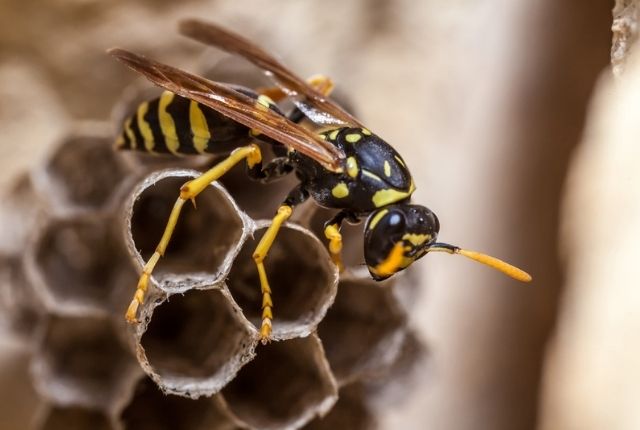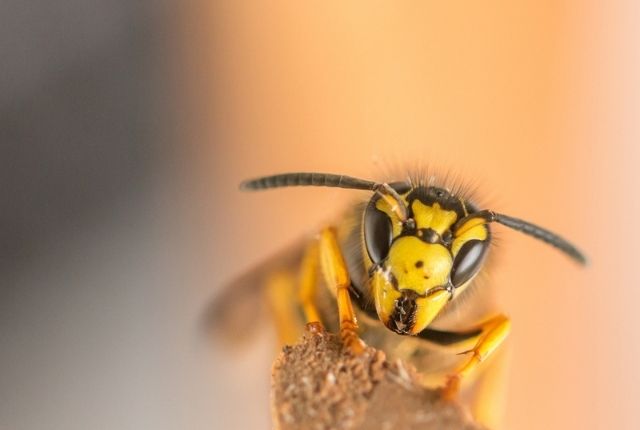Yellowjacket is a serious threat to private and public property. A nest in a park is a danger to both dogs and joggers, and don’t forget cyclists who have to swerve off to the side when someone passes, they could easily ride straight over a wasp nest and cause a torent of yellowjackets to attack everyone in the area.
If you see an increase in wasp activity taking place around your property, contact wasp removal Burlington for quick and safe removal.
Yellowjackets are aggressive. They will defend their nest as a full swarm and will attempt to kill intruders, not just chase them away like bees. They will follow people around obstacles and will wait over water for someone to come up for air. They are a very serious threat and should be treated as such if they are on your property.
The yellow jacket nest is open, in that it does not have a waxy or papery coating like bee and hornet nests. For this reason, they must take great strides in protecting their larva. They tend to build nests in old rodent holes that have been abandoned. They build a soccer ball-sized nest in the hole and can produce thousands of wasps in a single season.
The life cycle of a nest is simple. The nest dies off except for inseminated queens, in the first frost. This is important because if you have a wasp nest outside in the spring and there is a winter like late frost the wasps will be killed by the cold. Something important to remember when your warm spring day is interrupted with a fridged cold. The queen will leave the nest after the workers and males die off. The workers are sterile females and males are only produced to inseminate females and then die. The queen will find a safe place to hibernate, a hollow log, pile of leaves, or underwood bark. She will stay there for the full winter and exit only when it is warm. She will make a nest, a small paper nest and lay eggs and feed them with insects. Soon she will have her sterile female workers to enlarge the nest and bring more food to feed the worker eggs. At the end of the fall, the queen will then lay several eggs with sexually active males and females. They will mate, the males and sterile females will die and the queen, with her new queens, will fly off to hibernate in different locations and start their nests in the spring.
If you have a nest on your property it is imported you remove, either on your own or with the help of professionals.


